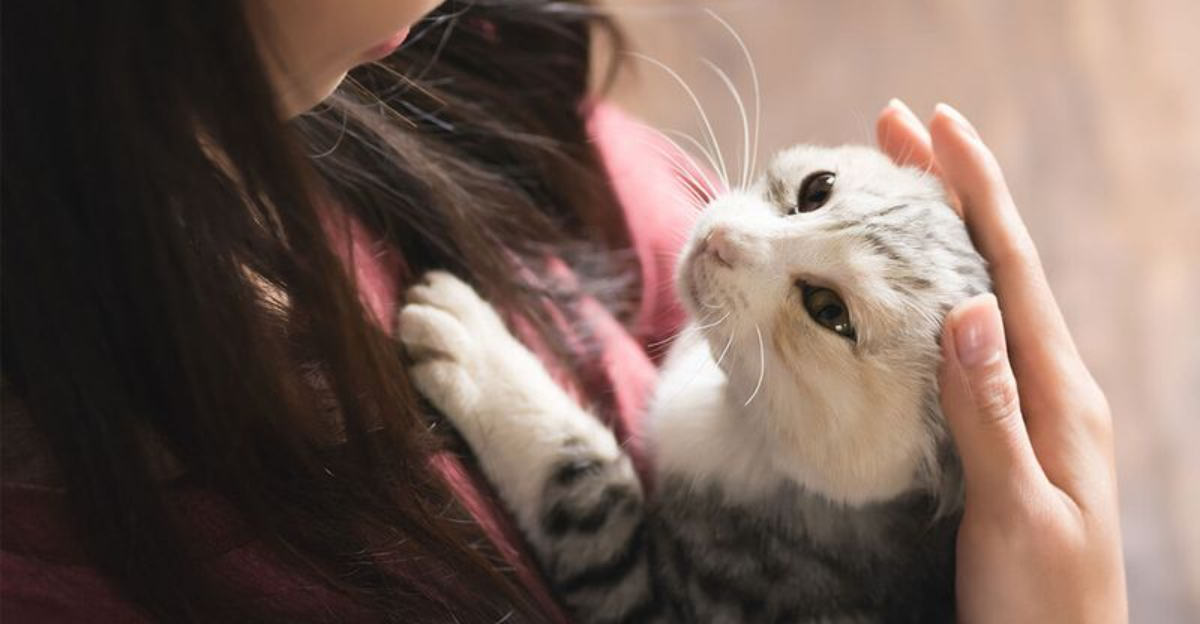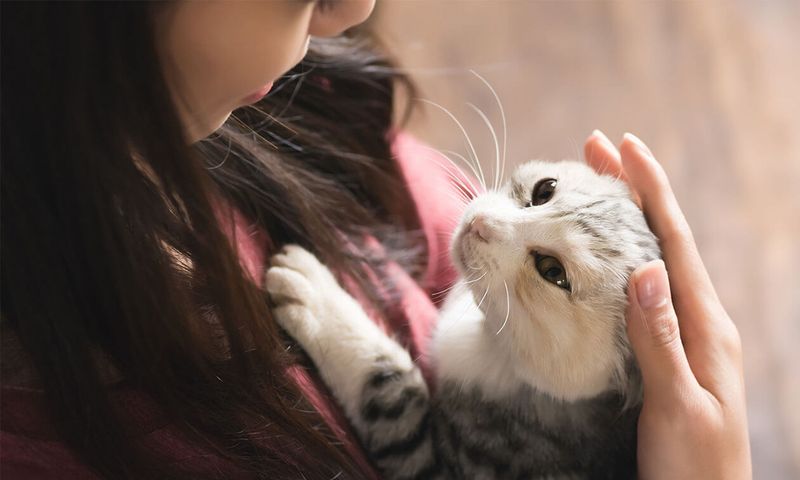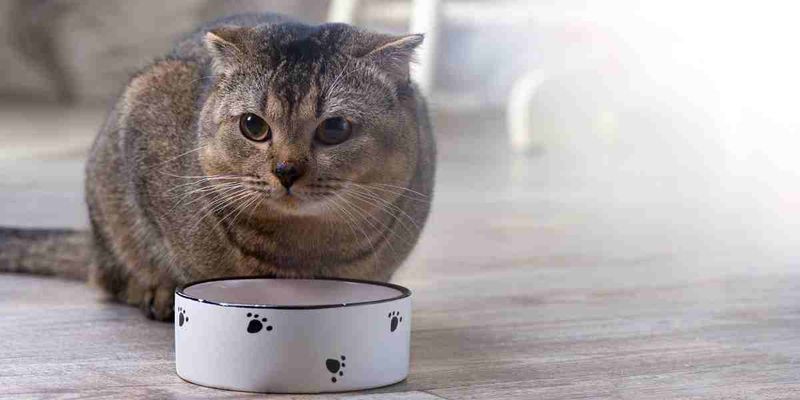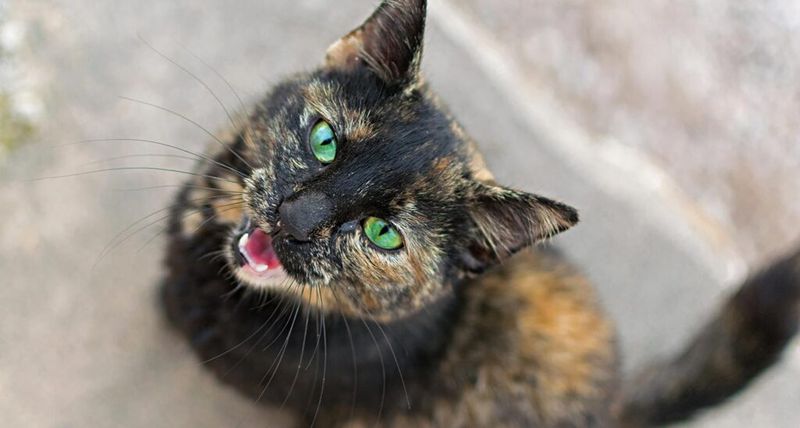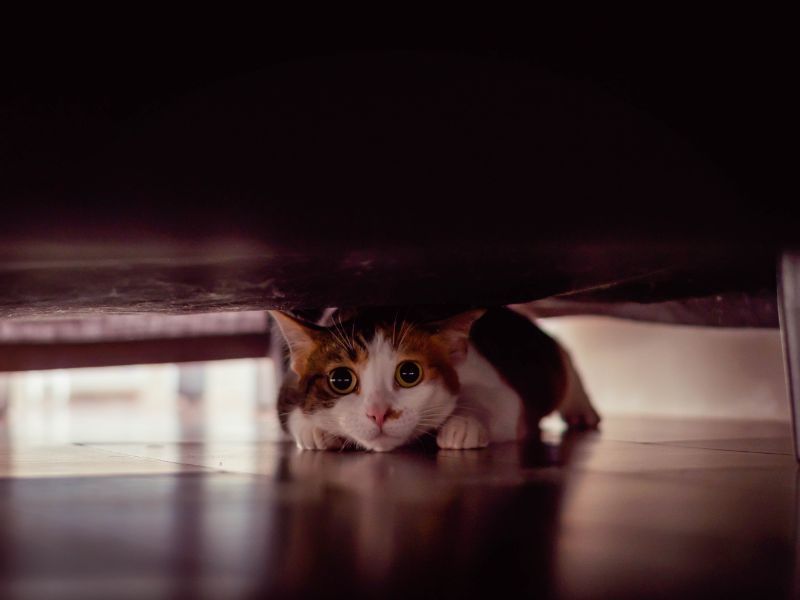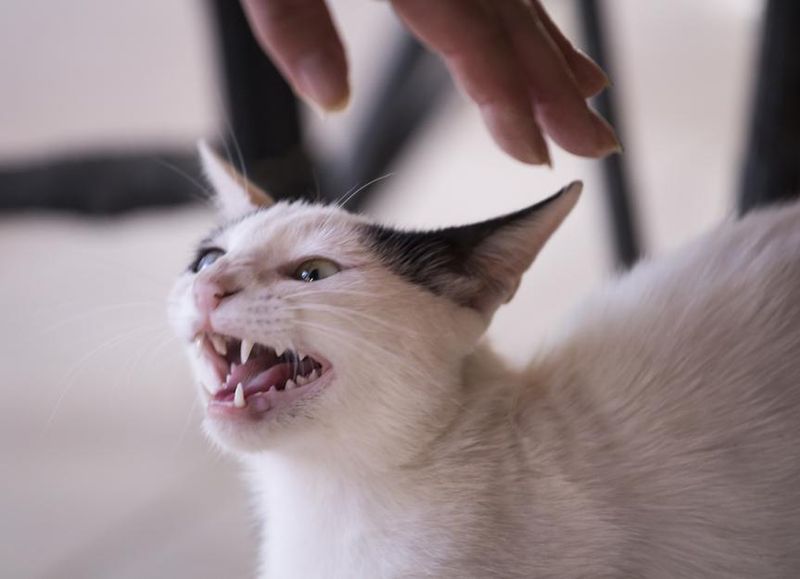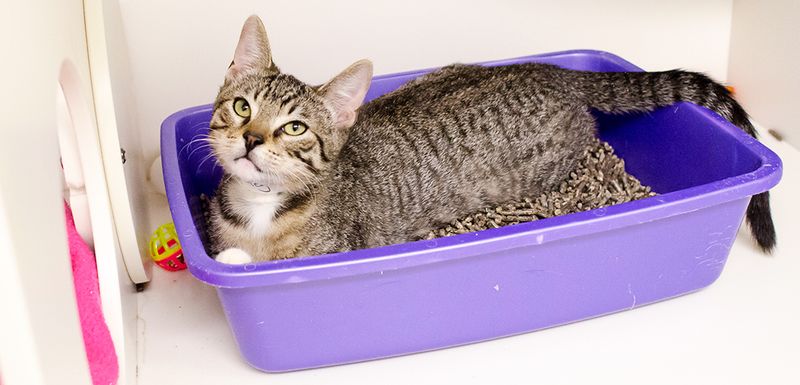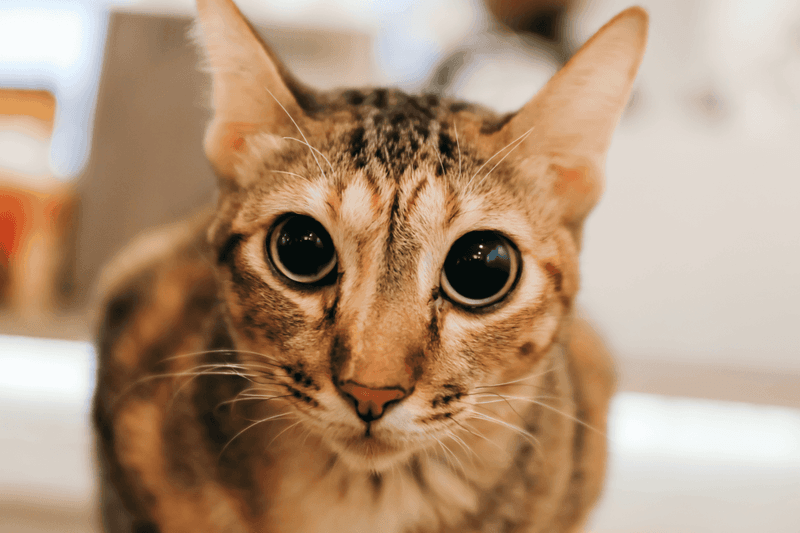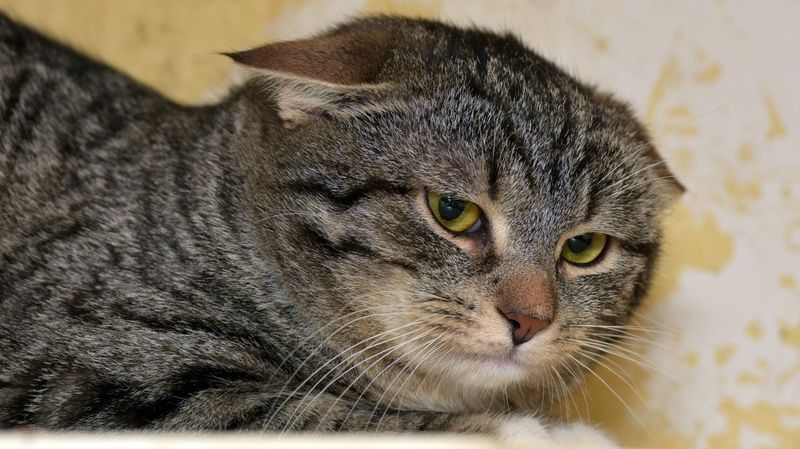📖 Table of Content:
Cats are intuitive creatures, often sensing their owner’s emotional state. When you’re stressed, your feline friend might react in various ways, reflecting their sensitivity to your mood changes. These responses not only indicate their awareness but also their attempts to comfort or mirror your feelings. Exploring these behaviors can help you understand your cat’s reactions and improve your bond.
1. Increased Clinginess
When you’re stressed, your cat might become your shadow, seeking constant closeness. This behavior shows their intuitive bond, sensing your altered mood. They’ll follow you through rooms, offering silent company. In moments of tension, this clinginess can be a comforting reminder that you’re not alone. Cats have been known to curl up next to their owners, their gentle purrs acting as a soothing balm for frazzled nerves. This behavior highlights their desire to provide solace, making them more affectionate than usual. A cat’s increased clinginess can be both heartwarming and indicative of their emotional intelligence.
2. Excessive Grooming
If your cat starts grooming excessively when you’re stressed, it could be their way of coping with the tension they sense. This behavior, while comforting to them, can sometimes lead to fur loss or skin irritation. It’s a silent echo of your own stress reactions, mirrored in your feline friend. The repeated action of grooming can be soothing, providing a rhythmic distraction from an emotionally charged environment. Observing this, you might find a reflection of your own need for calm. It’s a reminder of how closely linked your emotional states are.
3. Changes in Appetite
Cats might adjust their eating habits in response to your stress, either eating more or less. This change can mirror your own stress-induced appetite fluctuations. It’s fascinating how attuned they are to your emotional cues, even affecting their hunger. A stressed cat might sniff their food and walk away, or, conversely, eat ravenously. These dietary changes can indicate their discomfort or attempt to cope with the changed emotional climate. Observing this can alert you to their sensitivity and the impact your stress has on them, fostering a deeper understanding of your shared environment.
4. Restlessness or Hyperactivity
When stress enters a home, cats may start to exhibit restlessness or hyperactivity. This could mean more frequent zoomies or an unpredictable increase in playfulness. It’s as if they absorb the anxious energy, converting it into physical activity. Such behavior might seem amusing at first, yet it often signals their awareness of your emotional state. This restlessness serves as a visible indicator of the stress they sense from you. Understanding this can help you recognize how your emotions influence their behavior, highlighting the intricate bond between you and your feline companion.
5. Vocalization
Increased vocalization is a common response in cats sensing your stress. They might meow more frequently or at higher volumes, as if trying to communicate their concern. This uptick in vocal sounds can be their way of joining the emotional dialogue, voicing their awareness of the tension. Cats may not understand the specifics, but they clearly pick up on the emotional undertones. This vocal behavior is a reminder of their keen perception, as they attempt to engage and possibly console you. Listening to these cues can enhance your understanding of their empathetic nature.
6. Hiding
Cats often retreat to hiding spots when they sense stress, seeking refuge from the emotional storm. This behavior serves as their way of finding peace amidst chaos, choosing secluded corners where they feel safe. Hiding can be a cat’s instinctual response to perceived threats, including the invisible ones like stress. It’s a reminder of their need for stability and quiet when environments become overwhelming. Observing your cat’s tendency to hide can provide insights into their stress levels and help you create a more comforting atmosphere at home, fostering mutual comfort.
7. Aggression
Sometimes, stress can manifest as aggression in cats. They may hiss, swat, or even bite, showing their heightened sensitivity to your emotional turmoil. This behavior stems from their instinct to protect themselves in uncertain situations. While alarming, it reflects their acute perception of stress, triggering defensive responses. Understanding this reaction requires acknowledging their need for reassurance and safety. Providing them with calming environments can help mitigate these aggressive outbursts. Recognizing the link between their behavior and your stress can guide you in addressing the root cause, promoting a harmonious coexistence.
8. Changes in Litter Box Habits
Stress can lead cats to alter their litter box habits, sometimes going outside the box. This change might be their way of expressing discomfort or confusion caused by your stress. The litter box, a place of routine, becomes a canvas for their emotional expression. Such changes can signal distress or a need for attention, encouraging you to evaluate the stressors affecting both of you. Monitoring these habits can offer clues into their emotional wellbeing, guiding you to create a more stable environment. This behavior emphasizes the interconnectedness of emotional dynamics in your household.
9. Dilated Pupils
Dilated pupils in cats are often a direct response to stress, reflecting their heightened emotional state. These wide, dark eyes can seem to absorb all the ambient tension, mirroring your own stress levels. This physiological change serves as a visual indicator of their internal alarm system being activated. Observing such signs can help you gauge their comfort levels, encouraging you to address stressors. Dilated pupils are a testament to their acute sensitivity, capturing the intensity of their emotional experience. Recognizing these signs fosters empathy, inviting you to address shared anxieties.
10. Flattened Ears
When cats flatten their ears, it often signals stress or anxiety. This subtle yet telling gesture reveals their instinct to protect themselves from perceived threats, including emotional ones. It’s a physical manifestation of their inner turmoil, mirroring your own stress. Watching for this sign offers insights into their emotional state, urging you to foster a calmer atmosphere. Flattened ears are a silent dialogue, conveying their need for reassurance and safety. Understanding this cue is vital in nurturing their wellbeing, allowing for a more empathetic and supportive interaction between you and your feline friend.
